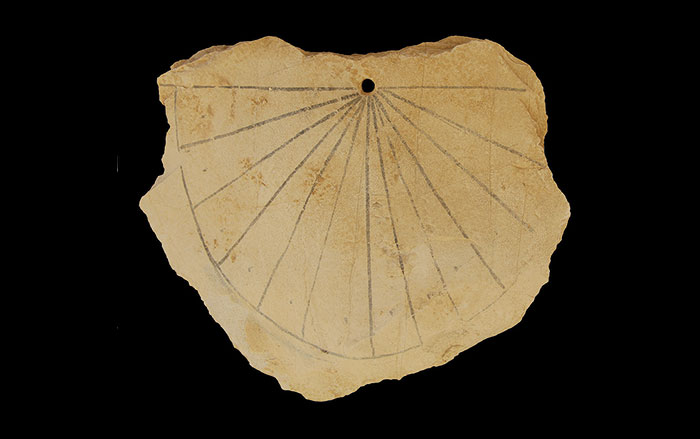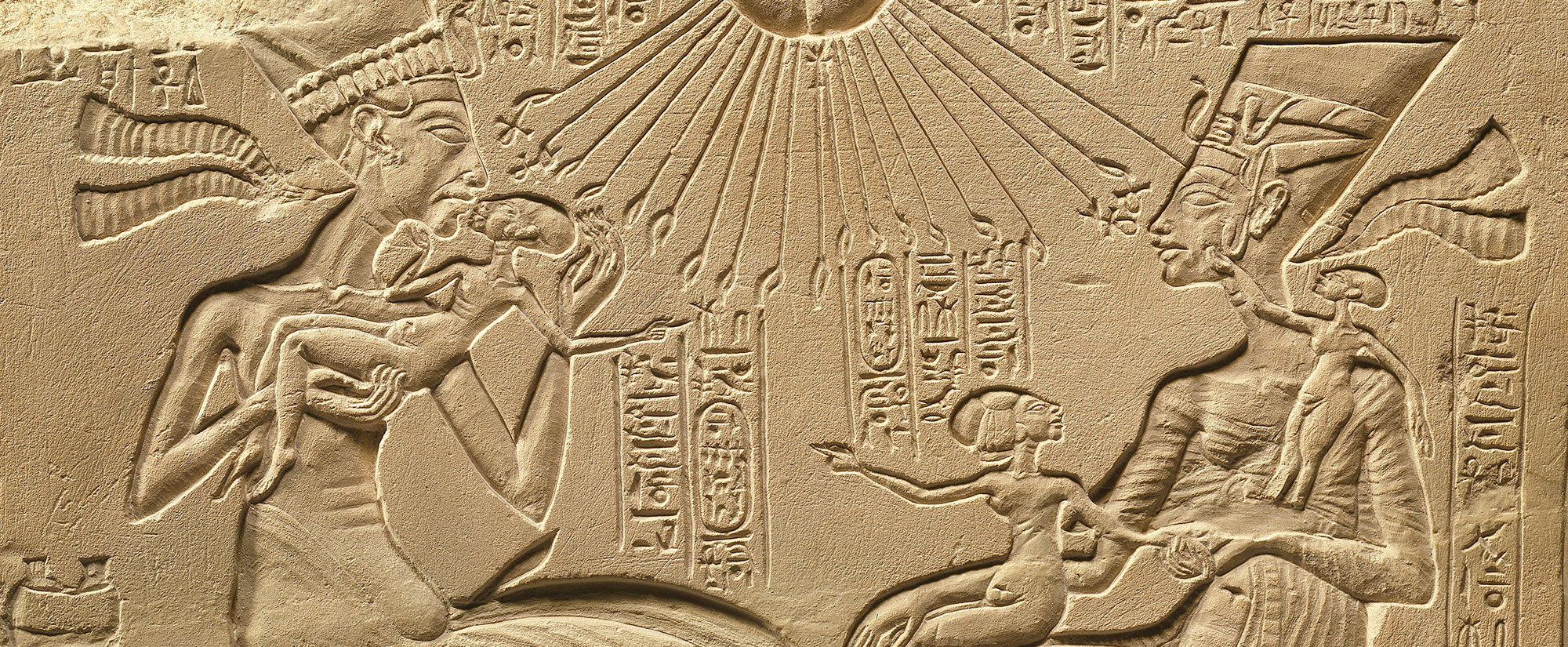KIEL, GERMANY—An analysis of pig bones from the site of Ertebølle in northern Germany shows that Mesolithic hunter-gatherers owned pigs about 500 years earlier than previously thought. The pigs had both European and Near Eastern ancestry, suggesting that they were domesticated pigs brought to Europe by migrating Neolithic farmers. “Mesolithic hunter-gatherers definitely had dogs, but they did not practice agriculture and did not have pigs, sheep, goats or cows, all of which were introduced to Europe with incoming farmers [in] about 6000 B.C.,” said Ben Krause-Kyora of Christian-Albrechts University. The two groups, which occasionally exchanged artifacts, may also have traded pigs.
Hunter-Gatherers May Have Traded With Early Farmers for Pigs
News August 27, 2013
Recommended Articles
Artifacts July/August 2025
Maya Ceramic Figurine

Off the Grid July/August 2025
Vichama, Peru

Digs & Discoveries July/August 2025
Bound for Heaven

Digs & Discoveries July/August 2025
Saints Alive

-
Features July/August 2013
The First Vikings
Two remarkable ships may show that the Viking storm was brewing long before their assault on England and the continent
 Courtesy Liina Maldre, University of Tallinn
Courtesy Liina Maldre, University of Tallinn -
Features July/August 2013
Miniature Pyramids of Sudan
Archaeologists excavating on the banks of the Nile have uncovered a necropolis where hundreds of small pyramids once stood
 (Courtesy Vincent Francigny/SEDAU)
(Courtesy Vincent Francigny/SEDAU) -
Letter from China July/August 2013
Tomb Raider Chronicles
Looting reaches across the centuries—and modern China’s economic strata
 (Courtesy Lauren Hilgers, Photo: Anonymous)
(Courtesy Lauren Hilgers, Photo: Anonymous) -
Artifacts July/August 2013
Ancient Egyptian Sundial
A 13th-century limestone sundial is one of the earliest timekeeping devices discovered in Egypt
 (© The Trustees of the British Museum/Art Resource, NY)
(© The Trustees of the British Museum/Art Resource, NY)



